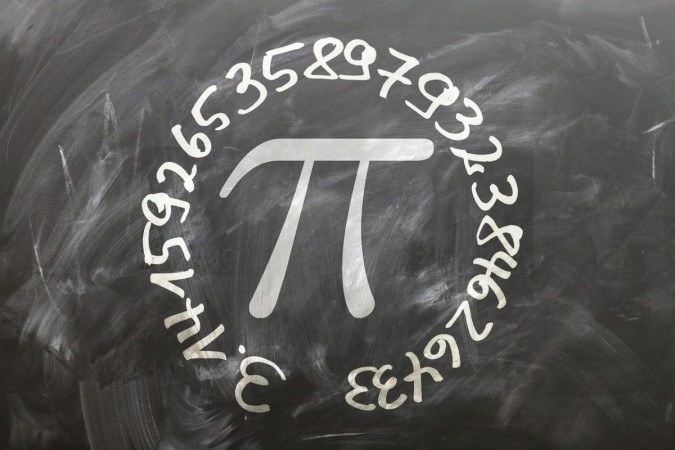
On March 14, or 3/14, mathematicians and other obscure-holiday aficionados celebrate Pi Day, honoring π, the Greek symbol representing an irrational number that begins with 3.14. Pi, as schoolteachers everywhere repeat, represents the ratio of a circle’s circumference to its diameter.
But there’s an element of absurdity to celebrating π by noting its connections with these ephemera, which have themselves no connection to π at all, just as absurd as it would be to celebrate Earth Day by eating foods that start with the letter “E.”

Sometimes the attention given to pi is
annoying. On 14 August 2012, the U.S. Census Office announced the population of
the country had passed exactly 314,159,265. Such precision was, of course,
completely unwarranted. But sometimes the attention is breathtakingly
pleasurable. Come to think of it, pi can indeed be a source of great pleasure.
Apple’s always comforting, and cherry packs a tart pop.
Pi also crops up in probability. The function f(x)=e-x², where e=2.71828… is Euler’s number, describes the most common probability distribution seen in the real world, governing everything from SAT scores to locations of darts thrown at a target. The area under this curve is exactly the square root of π. It’s enough to make your head spin.




